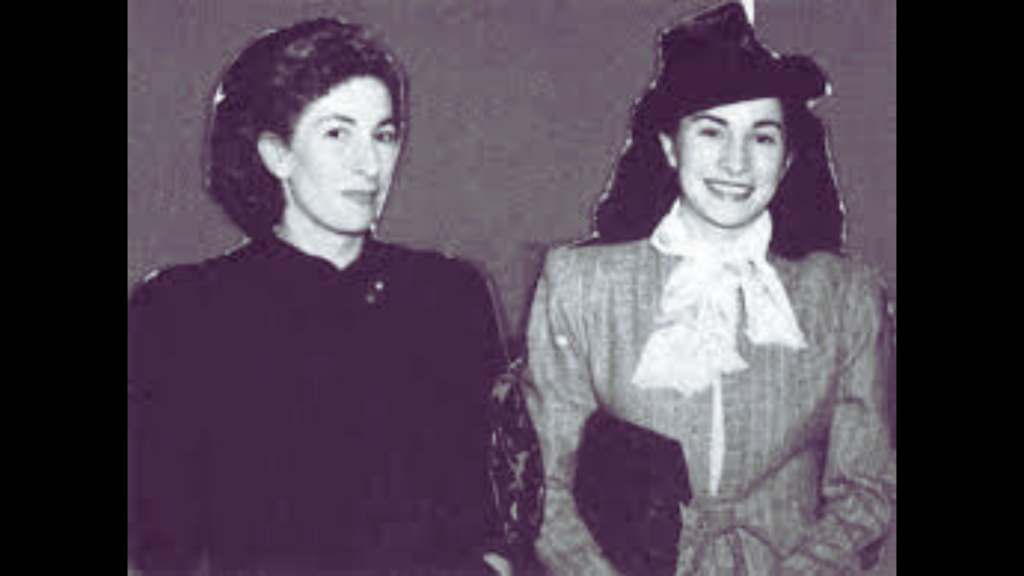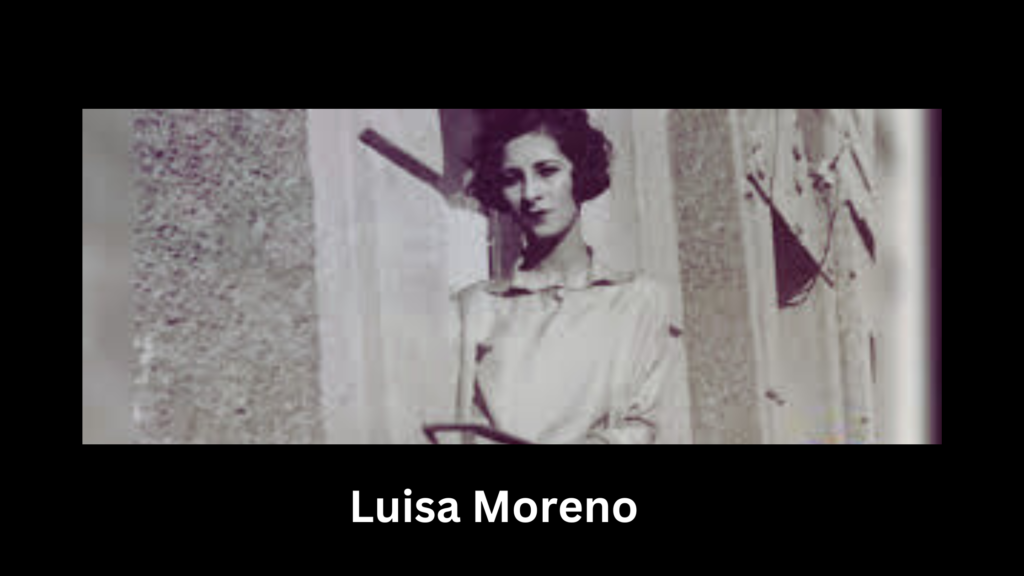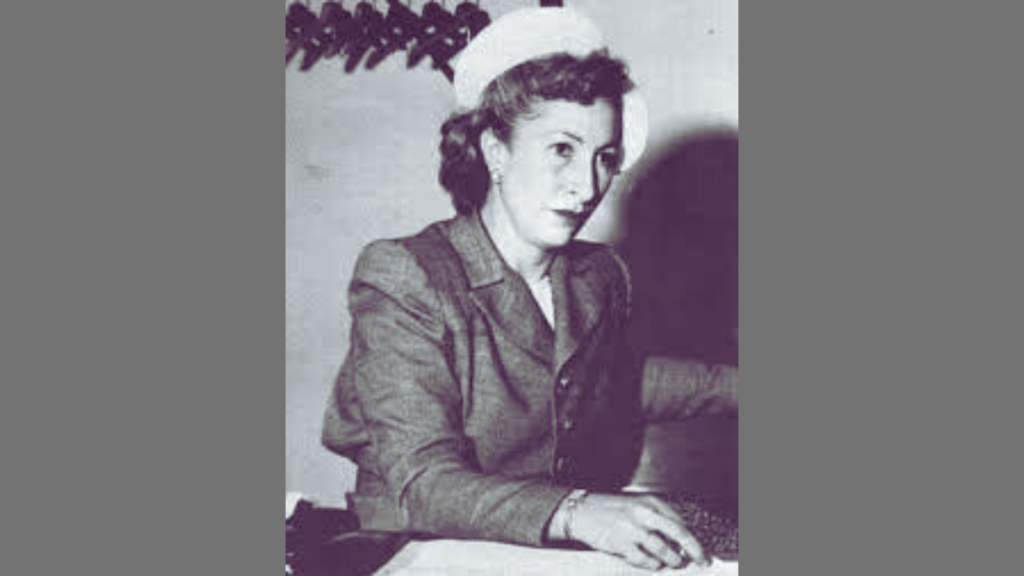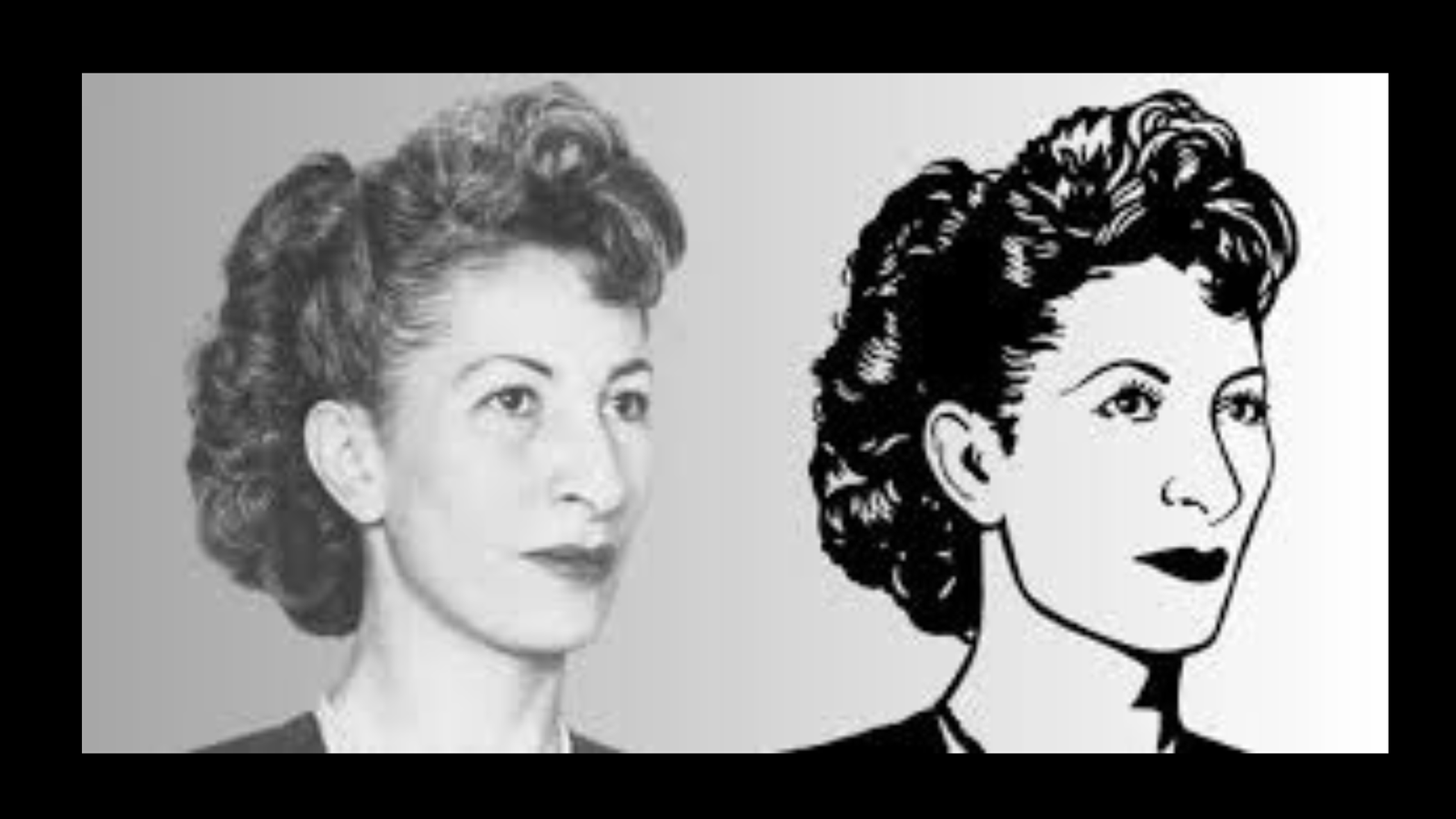Luisa Moreno, a Guatemalan-born exertions organizer and civil rights activist, left an indelible mark on the Yankee exertions motion and the fight for social justice. Her tireless efforts to improve the lives of working humans, immigrants, and minority businesses have stimulated generations of activists and continue to be celebrated today.
Born Blanca Rosa López Rodríguez in Guatemala City in 1907, Luisa Moreno was raised in a wealthy family. However, she rejected her elite fame and pursued a profession in journalism, ultimately shifting to the Big Apple town in 1928. There, she had become worried about the exertions motion, working as a union organizer for the Congress of business companies (CIO) and assisting to discover the United Cannery, Agricultural, Packing, and Allied People of the United States (UCAPAWA).
Moreno changed into a professional union organizer who helped construct strong unions for operating human beings, especially ladies and immigrants. She was additionally a vocal proposal for employees’ rights, improving running situations for hundreds of thousands of humans. Her willpower to do the hard work earned her reputation as a leading determiner in the American hard work motion.
Past her paintings in the hard work movement, Moreno was a passionate adviser on civil rights. She helped prepare protests and boycotts to undertake discrimination and segregation, and she or he worked to educate the public about the civil rights motion. Her efforts brought about the founding of the National Congress of Spanish-speaking Peoples in 1938, the first countrywide civil rights enterprise for Latinos in the United States of america.
Moreno’s legacy extends past her work in the labor and civil rights movements. She became a visionary chief who fought for a more just and equitable society. Her tireless advocacy for the rights of working humans and immigrants keeps encouraging activists around the sector.
In recognition of her contributions, Google celebrated Luisa Moreno with a Google Doodle on September 15, 2023, as part of Hispanic history Month. The paintings, illustrated by way of Guatemala city-primarily based artist Juliet Menendez, depict Moreno linking palms with people from the numerous groups she advocated for.
Luisa Moreno’s lifestyle changed into marked via both triumph and adversity. She became demanding situations from the authorities and became pressured to flee Guatemala in 1928. She later returned to Guatemala in 1950, where she lived till her death in 1992.
Notwithstanding the barriers she faced, Moreno remained committed to her cause, inspiring limitless people to hold her work. Her legacy serves as a beacon of hope for those fighting for social justice and a reminder of the power of willpower and courage in the face of adversity.

Challenges did luisa moreno face during her activism
Youth and career
Born Blanca Rosa López Rodríguez in the Guatemala metropolis in 1907, Moreno changed her call to Luisa Moreno to spare her family embarrassment. She labored as a reporter for a time in Guatemala town earlier than shifting to ny in 1928, wherein she acquired a crash route in U.S. Labor politics while she changed into overwhelmed through police during a strike motion. She joined the Communist party in 1930 and the militant Congress of business corporations (CIO) in 1934.
Challenges in the labor motion of Luisa Moreno
Luisa Moreno confronted numerous challenges in the hard work motion, inclusive of:
Police Violence:
Moreno became overwhelmed by using police for the duration of a strike movement in Big Apple City, which left her with a bleeding face and a deep City for the power of organized exertions.
FBI Surveillance:
Luisa Moreno became under regular surveillance by means of nearby and federal officers, which included the FBI, due to her involvement with the Communist birthday party and her activism.
Hard work Union Distancing:
As the McCarthy length intensified, labor leaders commenced to distance themselves from Moreno, fearing affiliation with communism.
Deportation Threats:
Moreno confronted deportation threats due to her activism and her affiliation with the Communist celebration.
Non-public demanding situations:
Moreno faced non-public challenges, which include the lack of her first husband and the need to raise her toddler daughter by herself.
Challenges inside the Civil Rights movement
Moreno additionally faced challenges in the civil rights movement, consisting of:
Segregation and Discrimination:
Moreno witnessed segregation and discrimination firsthand in a metropolis, which encouraged her to end up concerned about the civil rights motion.
Police Brutality:
Luisa Moreno saw the brutal remedy of Mexican people by means of police in the law, which induced her to co-observe the residents’ Committee for the protection of Mexican American young people.

Network Resistance:
Luisa Moreno faced resistance from the Hispanic network, who had been skeptical of her communist affiliations and her hard-working activism.
Luisa Moreno’s existence was marked by means of several demanding situations, from police violence and FBI surveillance to hard-work union distancing and deportation threats. No matter these boundaries, she remained devoted to her cause, fighting for fair wages, advanced running situations, and the popularity of exertion unions. Her legacy serves as a testament of the strength of determination and braveness in the face of adversity.
A Trailblazer in the Fight for Labor Rights and Civil Liberties
Championing labor Rights
Luisa Moreno’s journey as a hard-working activist began in the 1930s when she witnessed firsthand the dire need for reform within the garment enterprise. As a tailor all through the brilliant melancholy, she persisted with grueling hours, dangerous running conditions, and inadequate pay. This experience fueled her passion for organizing and preventing employees’ rights.
In 1935, Moreno became an expert organizer for the American Federation of Exertion. Her paintings by the United Cannery, Agricultural, Packing, and Allied People of the USA (UCAPAWA) took her throughout the USA, in which she fought for workers’ rights in numerous industries. One among her top-notch achievements was her work with UCAPAWA, in which she helped construct robust unions for working people, especially ladies and immigrants.
Moreno’s dedication and management was recognized in 1941 when she was elected vice chair of UCAPAWA. During her profession, she remained a vocal proposal for employees’ rights, tirelessly fighting for honest wages, stepped forward operating situations, and the recognition of union exertions.
Founding the countrywide Congress of Spanish-speaking Peoples
In addition to her work in the hard work movement, Moreno became a passionate advocate for civil rights. In 1938, the National Congress of Spanish-speaking Peoples, marked the inception of the first countrywide Latino civil rights assembly. The business enterprise’s objectives blanketed advocating for fair remedy for Latino employees and desegregating colleges and neighborhoods.
Moreno’s efforts to unite various agencies throughout borders, races, and class traces to stand up for justice had been instrumental in the success of the country wide Congress of Spanish-talking Peoples. Her capacity to bring people together and her unwavering dedication to social justice made her an effective force in the combat for civil rights.
Defending Mexican-American children
Certainly, one of Moreno’s maximum high-quality achievements turned into establishing a defense committee in 1942 that efficiently fought to disregard prices in opposition to a group of Mexican-American teens who had been arrested without proof. This case highlighted the discrimination and injustice confronted by means of Latino communities inside the U.S.A. And tested Moreno’s dedication to protecting the rights of everyone.
Going through Adversity and persevering in the fight
Despite her tireless efforts to improve the lives of heaps of U.S. Workers, Moreno’s reputation as a hard workers chief made her a target for the Immigration and Naturalization services (INS). They threatened her with deportation if she testified to fellow union leaders. Refusing to betray her ideas, she left the U.S. And endured her paintings by using unionizing workers in Mexico, Cuba, and Guatemala.
Moreno’s life became marked by means of each triumph and adversity. She confronted demanding situations from the government and turned into pressure to flee Guatemala in 1928. However, she remained devoted to her purpose, inspiring countless people to hold her paintings.
Legacy and recognition
Luisa Moreno’s legacy continues to encourage activists around the area. In recognition of her contributions, Google celebrated her with a Google Doodle on September 15, 2023, as a part of Hispanic history Month. The paintings, illustrated using Guatemala metropolis-primarily based artist Juliet Menendez, depict Moreno linking arms with humans from the diverse communities she advocated for.
Moreno’s tale has also been featured inside the National Museum of American history’s “American company” installation. Activists and historians have labored to reconstruct her position in the labor and civil rights actions and deliver her appropriate credit.
Luisa Moreno’s lifestyles and paintings function as a testimony of the strength of dedication and courage in the face of adversity. Her legacy as a trailblazing hard working organizer and civil rights activist keeps on inspiring human beings around the sector to combat social justice and the rights of humans and immigrants in operating. Moreno’s story is a reminder that one person can make a difference and that the combat for equality and justice is an ongoing warfare that requires the willpower and dedication of many.

Luisa Moreno’s leadership style impact the labor movement
Luisa Moreno’s management fashion had a large impact on the hard work movement in the U.S.A. As one of the first girls leaders in the global and U.S. Exertions movement, she became known for her tireless efforts, strategic wondering, and capacity to unite numerous corporations.
A few key components of Moreno’s management fashion that contributed to her fulfillment and impact:
Grassroots Organizing:
Moreno turned into a skilled grassroots organizer who labored immediately with workers, especially ladies and immigrants, to construct robust unions. She traveled across the country, connecting with employees in diverse industries and fighting for his or her rights.
Unifying diverse businesses:
Moreno had the ability to unite people across borders, races, and sophistication strains to stand up for justice. In 1938, she founded the countrywide Congress of Spanish-speaking Peoples, bringing together over a hundred agencies in one of the first country wide Latino civil rights assemblies.
Strategic picks:
Moreno made strategic alternatives concerning her elegance and ethnic identification to strengthen the purpose of social justice. She was capable of navigating complex political landscapes and constructing coalitions to achieve her goals.
Perseverance:
Despite dealing with harassment from the FBI and deportation threats, Moreno remained committed to her concepts and persisted in her paintings, even after leaving the U.S. In 1950. Her perseverance and willpower inspired others to keep preventing workers’ rights.
Pragmatism:
Moreno became pragmatic about how unions should advantage workers, focusing on the challenges they face, and the way unions may want to enhance their lives. She tackled even the most routine and boring responsibilities to reform offices and at ease contracts.
Moreno’s leadership fashion, which blended grassroots organizing, coalition-building, strategic questioning, perseverance, and pragmatism, made her a tremendously powerful and influential parent in the labor movement. Her impact can be seen in the advanced working situations and wages for hundreds of employees, in addition to in the lasting legacy she left for future generations of activists.
You may also like : Raquel Colon Cancer











